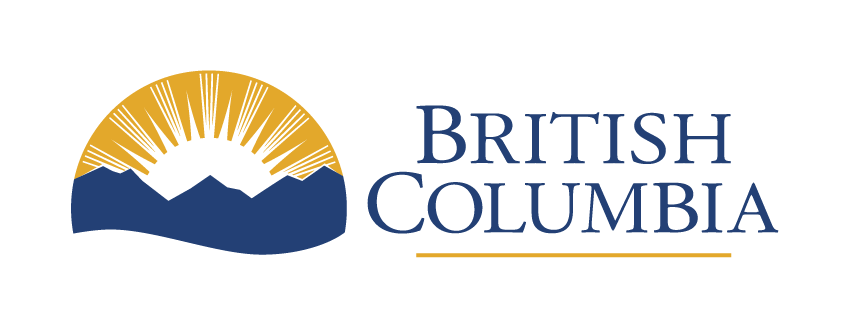Maintenance and development
Maintaining or developing recreation sites and trails on Crown land requires authorization by Recreation Sites and Trails B.C. The level of maintenance at a site or trail depends on the type of structures present, environmental conditions, and the amount of use.
Maintenance activities are designed to reduce risk to user safety, provide sanitary conditions, protect the environment, ensure access and convenience, and maintain facilities and infrastructure. Recreation site, trail and facility development must adhere to established principles and standards for planning, designing and construction activities.
Authorizing maintenance and development
- Authorization is required to construct or maintain a trail or other recreation facility on Crown land
- Recreation maintenance and development activities may occur only at recreation sites and trails established under Section 56 of the Forest and Range Practices Act (FRPA) or where construction and maintenance activities have been authorized under Section 57 of FRPA
- Proposals to develop a recreation site, trail or facility should include a plan or commitment to maintain the site, trail or facility for the long term
- To apply for authorization to construct, rehabilitate or maintain a trail or recreation facility, submit an online application
- If you are uncertain as to whether you require a construction or maintenance authorization or for general inquiries about the authorization process, please contact FrontCounter BC
Maintenance of recreation sites, trails and facilities
Maintenance of recreation sites, trails and facilities consists of inspections and any follow-up actions that may be necessary to maintain safe, sanitary, socially acceptable and environmentally sound conditions in accordance with the type of environment and the level of use of the site, trail or facility. Maintenance activities include cleaning, inspecting, repairing, replacing, and removing structures and natural hazards.
The objectives of maintenance are to:
- provide user safety
- provide sanitary conditions
- protect the environment
- protect investment in infrastructure
Maintenance priorities
- Safety considerations should always be the first priority. Unsafe conditions should be corrected using established standards (e.g. Danger Tree Assessment) or normal use restricted
- Sanitary considerations - potentially unhealthy conditions need correcting (e.g. toilet facilities)
- Environmental damage should be corrected and actions taken to prevent further damage
- User convenience should be considered
Specific maintenance activities and frequency of service visits at a recreation site, trail or facility will depend on the types of structures, environmental conditions, and level of use. A maintenance checklist for the common structures found at a recreation site, trail or facility such as toilets, fire rings, tables, signs, barriers etc. can be found here:
Procedures for maintaining trails are described in Chapter 10. In addition, district and region Recreation staff have maintenance schedules for specific recreation sites, trails and facilities in their areas. This information may assist maintenance provider(s) in developing maintenance plans for recreation sites, trails or facilities.
Development of recreation sites, trails and facilities
Recreation site, trail or facility development involves basic procedures related to layout, right-of-way clearing, construction of roads, trails, camping pads and other facilities, building and placement of structures and landscaping. Each of these procedures has certain principles to be considered, depending on the specifications presented in the development plan.
Chapters 9 and 10 of the Recreation Manual (see above) describe planning, assessing and designing recreation sites, trails and facilities, and suggest principles and standards for construction. For a partial list of most common site and trail infrastructure and approved designs, please see Infrastructure Drawings. In addition, district and region Recreation staff have information on recreation sites, trails and facilities constructed in their areas.
